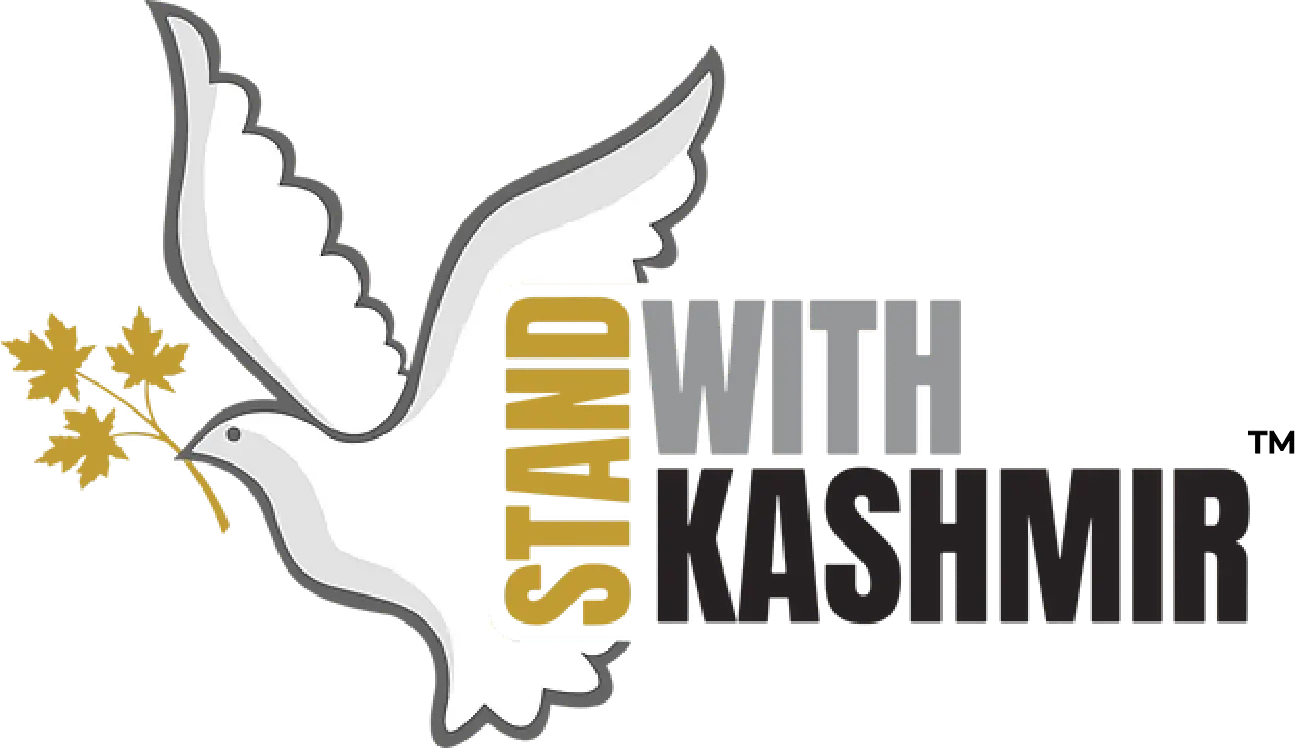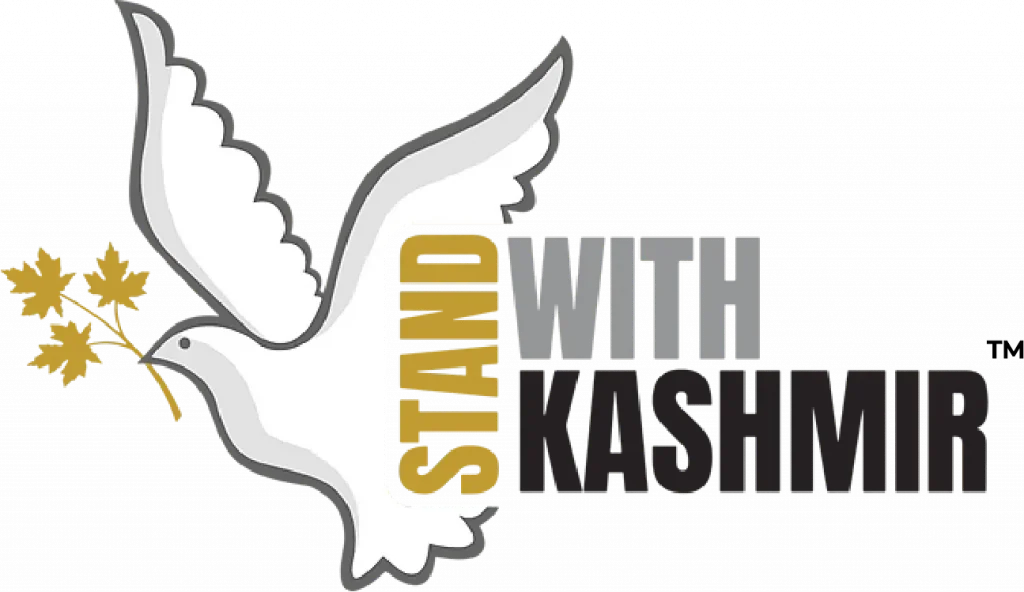Jammu & Kashmir Disturbed Area Act was passed – twelve districts declared to be disturbed areas, thus empowering Indian forces to use lethal force “against any person indulging in any act which may result in serious breach of public order, acting in contravention of any law or order for the time being in force, or the carrying of weapons.”.
The infamous Armed Forces (Jammu and Kashmir) Special Powers Act is linked to the Disturbed Areas Act and both provide immunity to those exercising powers under the acts.

